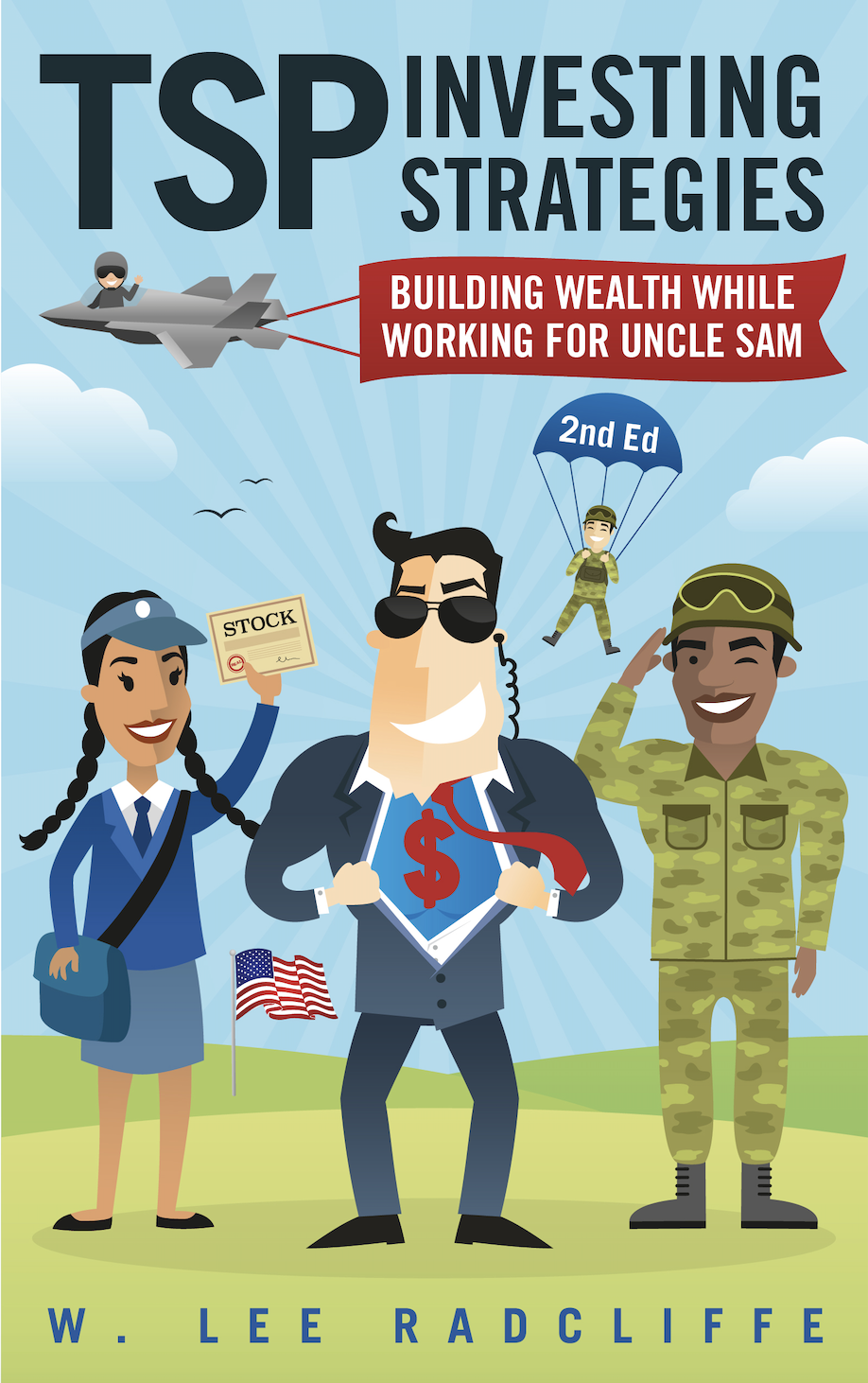The TSP and Facebook - An Update
September 15, 2013
Perhaps this article should be titled a “non-update,” since nothing has really happened with Facebook in the S Fund. Really the story is how Standard and Poor’s – the company that determines the composition of the S&P 500 (on which the C Fund is based) – has avoided adding Facebook to the S&P 500.
This past week, Standard and Poor’s added Vertex Pharmaceuticals and Ametek to the S&P 500, which are biotechnology and electrical components companies respectively. Not quite the household names that Facebook is, and certainly not as big. They are replacing Advanced Micro Devices and SAIC, which are being downgraded to the S&P 400 midcap index.
S&P’s stated reason was to “make each index more representative of its market capitalization range,” with Vertex and Ametek having “market capitalizations above $10 billion,” while AMD was dead last in the S&P 500 index and SAIC is splitting into two companies (just as SAIC is gearing up to manage back-office operations for the TSP – should be interesting…).
And Delta Airlines joined the index on September 10th, replacing BMC Software, which was bought out recently. It has a market cap of $19 billion. Delta’s stock price went from $21 in opening trading on September 9 to over $23 briefly the morning of September 10, showing the burst in value due to various large fund managers buying the stock as they rebalanced to reflect S&P’s guidance.
Now when focusing just on market cap, you can’t avoid talking about Facebook. Since I last wrote about Facebook in the context of the Thrift Savings Plan, the stock has risen almost 90% in value. The company has a market capitalization of over $100 billion.
If it were part of the S&P 500/C Fund, it would be the 32nd largest company in the index, after Disney, Intel, and Amazon, and before McDonald’s. The index holds between .65% and .78% of each of those companies as of mid-September, so that the index would hold about .7% of the stock if it were to join the S&P 500 tomorrow.
In this hypothetical scenario, an investor with $100,000 invested in the C Fund would indirectly own about $700 worth of Facebook stock. Of course since it is part of an index fund, we as investors can’t vote as shareholders in company referenda, nor can we buy or sell individual shares separately from the TSP funds. That’s one of the (minor) drawbacks of investing in mutual funds.
As it is, Facebook is among the top two holdings in the S Fund. I don’t have the exact, most recent data for the holdings of the S Fund, but the company is certainly larger than Las Vegas Sands with a $50 billion market cap, and fellow high-flier Linkedin, with a $28 billion market cap. (Vertex and Delta had both been in the top 10 of the completion index too until they were elevated to the S&P 500/C Fund this month.) Facebook’s return is part of the reason for the S Fund’s outperformance this year.
Part of the reason for the wait is to protect the larger S&P 500 index from bubble companies, or companies that suddenly surge in value without having any profit to back it up. Remember [pets.com](http://en.wikipedia.org/wiki/Pets.com? The company went public in 1999 at the height of the .com bubble and spent hundreds of millions on advertising and development, but it lost money on every transaction and it eventually went bankrupt at the end of 2000.
At any rate, the company is no pets.com, it is making money and obviously offers a very sticky service and very specific metrics on users that paying advertisers love. It is not a matter of if, but when Facebook (and Linkedin for that matter) is added to the S&P 500/C Fund. And when it is, C Fund investors will have more of the stock than S Fund investors, given the relative dilution of S Fund holdings due to the large number of companies in the fund compared to the C Fund.
It appears that S&P is just clearing some of the smaller companies out of the larger index fund first and biding its time before admitting Facebook, Linkedin, and some of the other larger companies into the ranks of the S&P 500.
Don’t misunderstand the purpose of this post, I’m not plugging Facebook – I don’t own any shares, I barely even use its services. I’m just fascinated by how companies that make headlines (for better or for worse) impact our TSP holdings and in turn, our wealth.
Related topics: c-fund s-fund